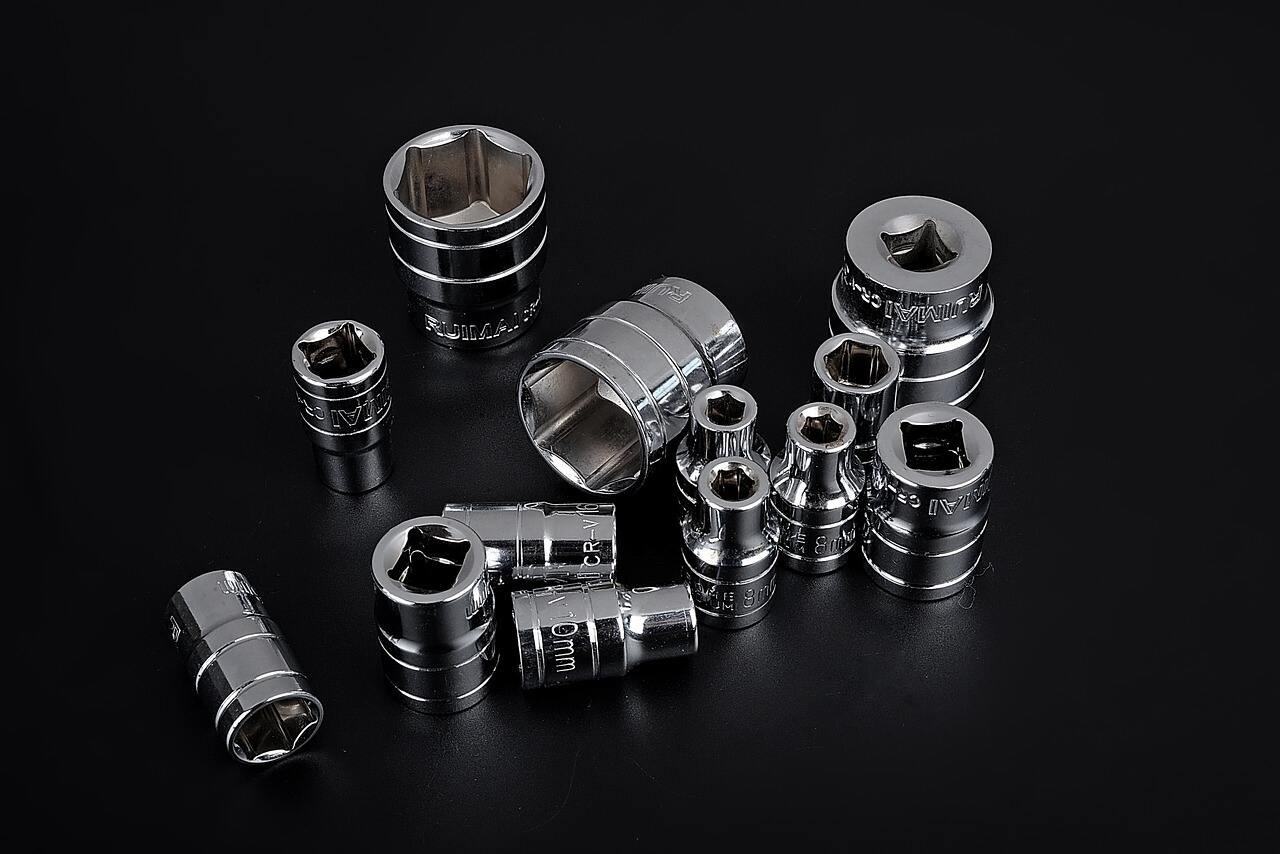Socket tools are indispensable in any mechanic’s toolkit, providing the necessary leverage and grip to loosen or tighten nuts and bolts efficiently. Selecting the right socket tools based on their material and specifications is crucial for achieving optimal performance during repairs. Additionally, proper maintenance ensures these tools remain effective and have a long lifespan. In this article, we will delve into the different types of socket tools, their applications, and essential maintenance tips to enhance their longevity.

Socket tools come in various materials and sizes, each tailored for specific tasks. Understanding these variations is key to selecting the right tool for your needs.
Chrome Vanadium (Cr-V):
Chrome Molybdenum (Cr-Mo):
Impact Sockets:
Drive Sizes:
Socket Depth:
When selecting socket tools, consider the following factors:
Application Requirements: Understand the task at hand. For heavy-duty jobs, prefer chrome molybdenum or impact sockets. For general use, chrome vanadium may suffice.
Compatibility: Ensure the socket fits the fastener properly. Using the wrong size can round edges and damage both the socket and the fastener.
Quality Brands: Invest in high-quality, reputable brands to guarantee reliability and performance. Research reviews and seek recommendations from professionals in the field.
Set Versus Individual Tools: Determine if a complete set is needed based on the range of tasks anticipated. A set can provide flexibility and additional size options for various applications.
Proper maintenance is crucial for extending the life of your socket tools. Here are some expert tips:
Keep Them Clean: After each use, wipe sockets with a clean cloth to remove dirt, grease, and debris. Regular cleaning prevents the accumulation of grime, which can cause wear and affect performance.
Store Properly: Use a dedicated toolbox or socket organizer to prevent damage. Avoid tossing sockets in a drawer where they can collide with other tools, leading to chipping or bending.
Avoid Cross-Threading: When attaching sockets to ratchets or extensions, ensure they’re properly aligned to prevent cross-threading, which can damage both the socket and the tool.
Inspect Regularly: Regularly check sockets for signs of wear, such as cracks or rounded edges. Replace any damaged sockets immediately to maintain safety and functionality.
Lubricate When Necessary: For ratchets and extensions, add a few drops of lubricant to the moving parts to keep them operating smoothly. This helps prevent rust and seizing.
Use the Correct Torque Settings: When applying torque, use the specified settings for the fastener and avoid over-tightening. This increases the lifespan of sockets and protects threads.
Choosing the right socket tools based on material and specifications is essential for effective repairs. Furthermore, implementing proper maintenance techniques can greatly extend the lifespan of your tools, ensuring they remain reliable and efficient. By understanding the different types of sockets available and following best practices for care, automotive professionals and DIY enthusiasts can maximize their investment in socket tools and improve their overall repair experience.
